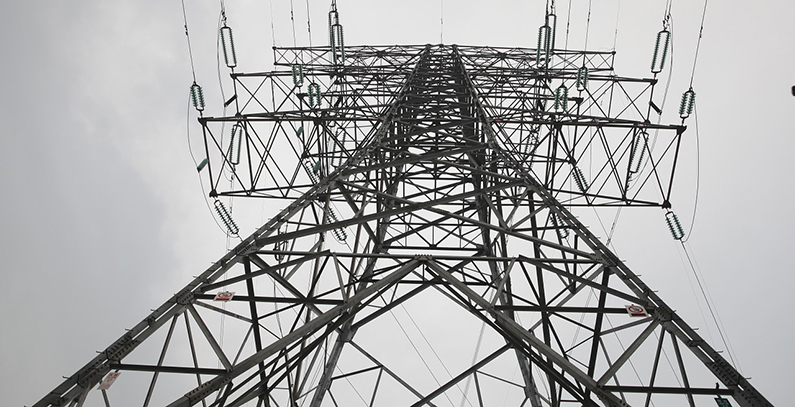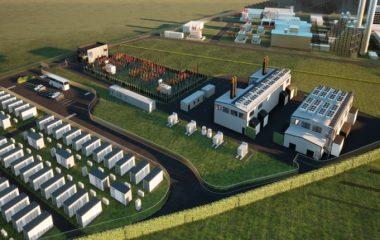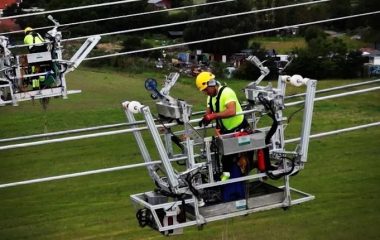
Photo: Pixabay
The Western Balkan Summit on July 12 in Trieste, Italy, may elevate the importance of creating a regional electricity market and to deliver on the commitments of both European Union member states and the six countries of the region, the Energy Community Secretariat said.
The organization’s WB6 Electricity Monitoring Report notes governments took on responsibility to couple their markets on the basis of a memorandum of understanding signed in Vienna last year on April 27. An initial summit has been held in the Austrian capital in August 2015. Serbia and Montenegro are leading the way, both at almost 70% in implementation of soft measures. Albania and Bosnia and Herzegovina are nearing 50%, while Kosovo and Macedonia are eyeing the two-fifths level.
Individual barriers
The halfway point has been surpassed overall, but the individual country progress is more complicated and depending on governments’ moves, the document adds. BiH and Macedonia didn’t yet adopt laws compliant with the Third Energy Package. „In the case of Albania, the country’s government is yet to adopt the necessary decisions to amend the Power Sector Law and implement the market model. Kosovo’s efforts to develop the market are constrained by the non-implementation of the agreement between the transmission system operators of Kosovo and Serbia… and the pending market integration with Albania,“ the secretariat said. Montenegro is the only state where no major hurdles are expected.
Struggle for balancing
The governments agreed to develop agreements for market coupling open to all operators of power exchanges in the WB6 and neighbouring countries. A coordinated integration path towards a regional balancing market is another item, concerning national transmission system operators, or TSOs. The implementation of regional imbalance netting is one of the key elements for cross-border balancing. Finally, an agreement between all system operators is needed for a regionally coordinated calculator for available capacity.









Be the first one to comment on this article.